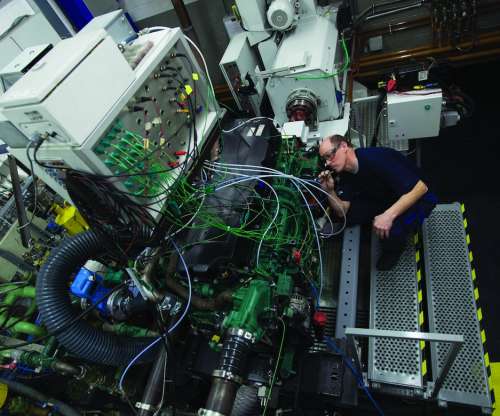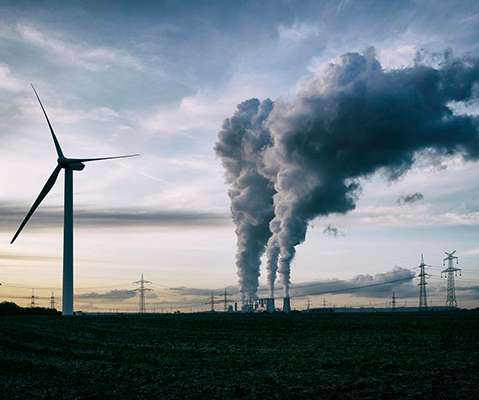Audi introduces new CNG A3 Sportback
Green Car Congress
SEPTEMBER 16, 2020
This is supplemented by the additional range offered by the reserve gasoline tank with a net usable volume of 9 liters (2.4 The four-cylinder always starts in CNG mode, only injecting slight amounts of gasoline under rare operating conditions. Audi sources the CO 2 from an adjacent biogas plant that recycles agricultural waste.






































Let's personalize your content